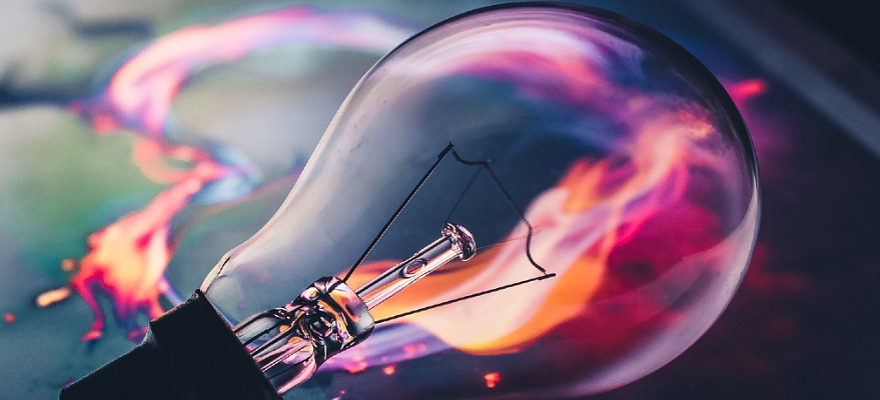A lot of discussions are going on nowadays, mostly on coming up with new designs which are sustainable and functional. Here, we mean those designs that can adapt to drastic changes, create awareness, and build a robust framework. Such procedures require good inspiration and solid use of creative derivatives.
One source was always around us, and that is Mother Nature, which is where the term biomimicry comes from.
“Why go in other directions for inspiration when we have Mother Nature all around us!”
However, what does this concept even mean? The Biomimicry Institute defines this process as follows:
“Biomimicry/Biomimetic as an approach to innovation that seeks sustainable solutions to human challenges by emulating nature’s time-tested patterns and strategies.”
Now, this is all well and good, but nature is very fickle, so why would we ever risk modern designs on something that changes with the wind? Well, here are a few reasons:
Experience
The whole concept of getting inspired by nature brings with it “more than a million years of evolution”. The various forces of nature have already tested the solutions produced by the environment for its plethora of processes. With the availability of our modern-day research, we can enhance this to find the perfect design solution.
Sustainability
Designs done through biomimicry produce some of the most adaptive, visually stunning, and least energy-consuming solutions. Nature itself has changed its processes repeatedly to provide an answer to problems as old as time – the conservation of energy, the recycling of matter, and optimized consumption.
Therefore, nature is one of the most sustainable design sources we can find.
“Biomimicry is…the conscious emulation of life’s genius.” – Janine Benyus
Knowing all of this, what is there to show for biomimicry’s potential? What proof can we find in the pudding?

Graphics and UI
When Leonardo da Vinci turned towards nature for inspiration, he began a revolution. Nowadays, many graphic designers and UI designers use elements such as the Fibonacci series and Golden Ratio, born out of nature, to produce some of the most incredible visual graphics.
In the future, given that we already have hyper-lapse and slow-motion videography, I can see someone coming up with ideas for UI transitions and motion typography inspired by the flower budding process, sunrises & sunsets, the motion of morning dew, or the movement of stars. The possibilities are endless.
Product Design
Product designers have long been familiar with this concept. For example, they quickly figured out where to go for their bullet train design. To offset the phenomenon of thunder-like crackling caused by the pressure difference experienced by high-speed trains while entering tunnels, they turned to the ‘kingfisher bird’ to come up with solutions.
Another example is Velcro. Yes, Velcro, that ubiquitous item on almost every shoe produced in the last 70 years. George de Mestral came up with the design while hunting in the Jura Mountains.
He realized that the tiny hooks of the cockle-burs were stuck on his pants and in his dog’s fur and wondered how they attached themselves. This realization led to the creation of Velcro (or hook-and-loop fasteners) as we know it today.
In the future, we can see fuelless airplanes, if there comes a time when we somehow manage to imitate the fluttering of bird wings. We might even witness the creation of the fabled ‘invisibility or adaptive cloak’, which could be inspired by chameleon.
Architecture
The architecture fraternity worldwide has already witnessed a masterstroke of a project done by the engineering firm Arup in Zimbabwe. They studied the ‘local termite mounds’ to develop a ‘ventilation technique’ inspired by their cooling mechanisms, which keep termites cool even on the hottest days. The result was a building called Eastgate Centre, located in Harare, Zimbabwe.
Architects have already adopted natural forms for their buildings. However, there are many natural habitats like beehives and wasps’ nests that can give rise to effective designs for new, affordable, and futuristic housing.
Final thoughts
Our aim with this article was to raise awareness for designers scrounging for inspiration. Nature provides all sorts of solutions and answers, which can often be found in the unlikeliest of places – you just have to be open to the possibilities.
Those wanting to find out more, check out the following TED Talk by Janine Benyus: Biomimicry in Action.


